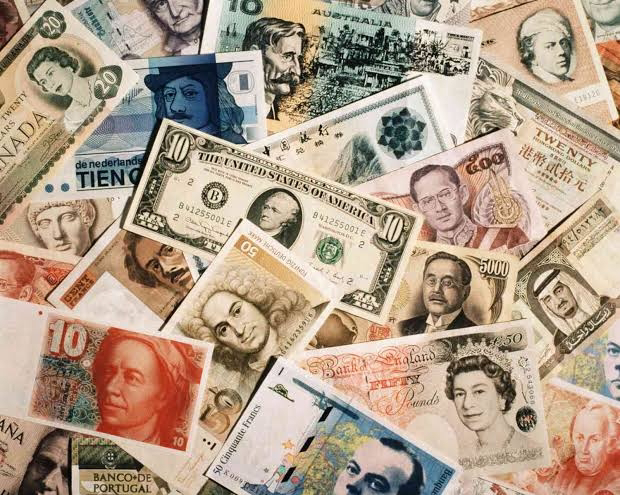The Strongest Currencies in the World and Their Sources of Strength
The Strongest Currencies in the World and Their Sources of Strength
Introduction:
Currency strength is a reflection of a nation's economic stability and global standing. A strong currency can be a sign of a robust economy, fiscal discipline, and political stability. In this article, we will explore the strongest currencies in the world and the reasons behind their strength.
Swiss Franc (CHF):
The Swiss Franc is one of the world's strongest currencies, and its strength can be attributed to several key factors:
a. Switzerland's Stable Economy: Switzerland boasts a highly developed and stable economy. The country is renowned for its financial services, pharmaceuticals, and manufacturing industries, contributing to a steady influx of foreign investments.
b. Fiscal Discipline: The Swiss government practices prudent fiscal policies and maintains a low debt-to-GDP ratio, which enhances investor confidence.
c. Safe-Haven Status: The Swiss Franc is considered a safe-haven currency, sought after in times of economic uncertainty. Switzerland's neutrality in international conflicts contributes to its reputation as a safe investment destination.
United States Dollar (USD):
The U.S. Dollar is the world's primary reserve currency and has maintained its strength for various reasons:
a. Economic Size: The United States has the largest economy globally, with a diverse range of industries and a strong financial system.
b. Reserve Currency: Many countries hold significant reserves in U.S. Dollars, and it is widely used in global trade, contributing to its strength.
c. Political Stability: Despite periodic political turbulence, the U.S. maintains strong political institutions and the rule of law.
Euro (EUR):
The Euro is the official currency of the Eurozone and is one of the strongest currencies due to the following factors:
a. Large Trade Bloc: The Eurozone represents a significant portion of global GDP, making the Euro a strong international currency.
b. Strong Economic Performance: Germany and other Eurozone countries are known for their manufacturing and export-oriented economies.
c. European Central Bank (ECB): The ECB's monetary policies help maintain stability in the Eurozone and provide support to the currency.
British Pound Sterling (GBP):
The British Pound has a long history of strength, supported by:
a. Economic Diversification: The United Kingdom has a diverse economy, including financial services, technology, and manufacturing.
b. Stable Legal System: The UK's robust legal system and respect for property rights attract foreign investments.
c. Historical Significance: The Pound's historical role in global trade contributes to its strength.
Singapore Dollar (SGD):
The Singapore Dollar is one of the strongest currencies in Asia and globally, thanks to:
a. Economic Competitiveness: Singapore maintains a competitive and open economy with a focus on technology, finance, and logistics.
b. Strong Financial Sector: Singapore is a regional financial hub, attracting global investments.
c. Political Stability: The country's political stability and efficient governance enhance investor confidence.
Conclusion:
The strength of a currency depends on various factors, including the economic stability of the issuing country, the efficiency of its financial sector, and its global importance in trade and finance. The currencies discussed in this article have earned their positions among the world's strongest due to a combination of these factors. While currency strength can fluctuate, these nations have consistently maintained strong economic and political foundations that underpin their currencies' enduring stability.




Comments
Post a Comment